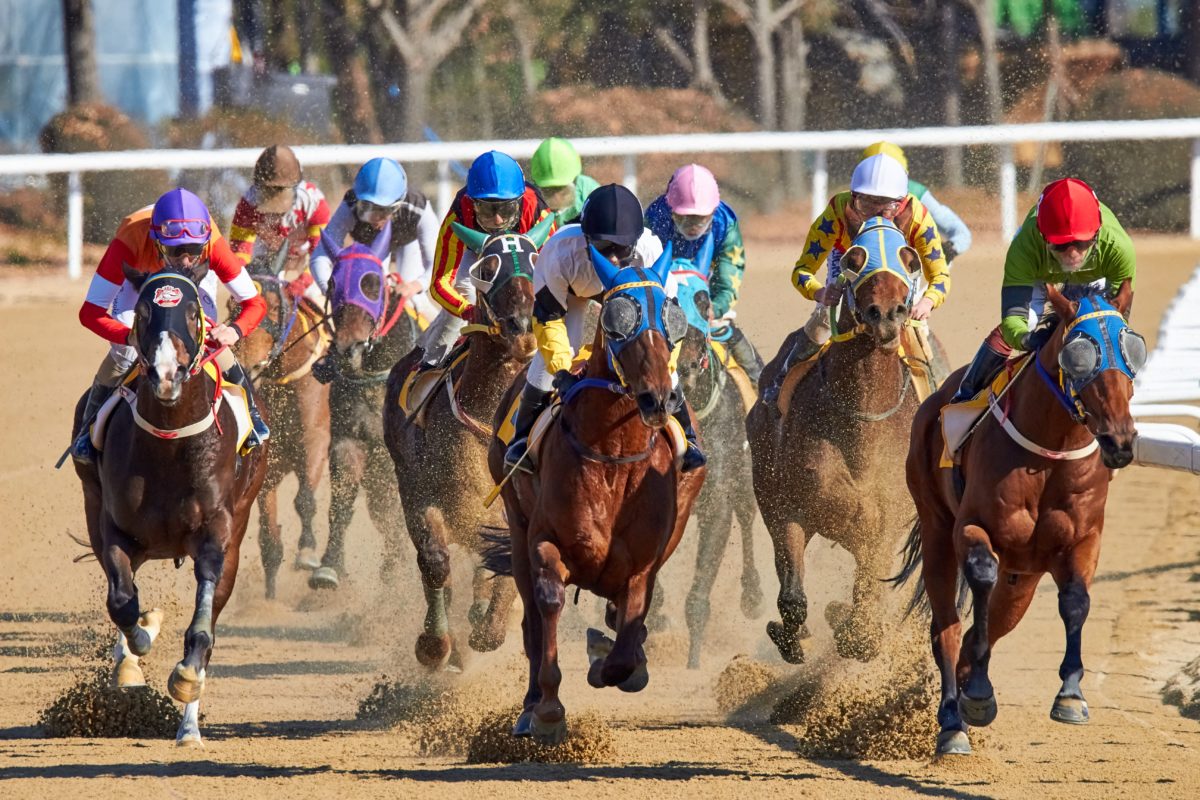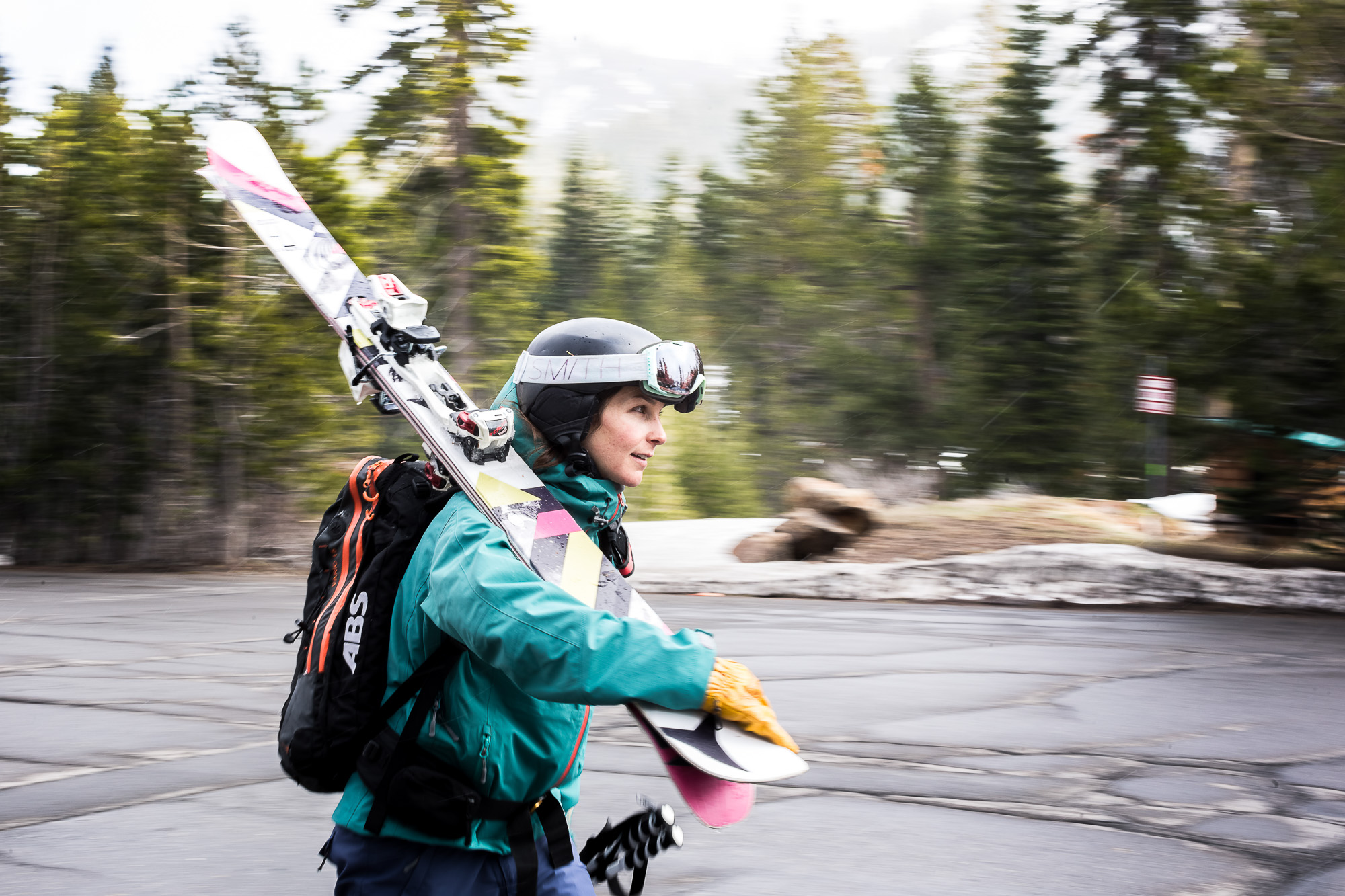In a 2018 article for High Country News, journalist Ethan Linck postulated that while outdoor recreation has long been associated with environmental conservation, participation alone is not enough to enact meaningful change. His headline puts it simply; “Your stoke won’t save us.”
With trash littered along a hiking path as an illustration, Linck explains that enjoying the outdoors and partaking in outdoor recreation does not make one environmentally conscious. He argues that participation in these sports is not enough to raise awareness about what is happening to the natural world. There must be active campaigning.
But participants are already in a unique position to learn about environmental issues, so these outdoor pursuits can be used—with great success—as structures to relay the tenets of environmental journalism—like climate change.
Just ask journalist Heather Hansman. A former raft guide, Hansman is the author of “Downriver,” her book exploring the history, future, and threats facing the Colorado River Basin told through a self-propelled pack-raft trip through the Basin’s largest tributary, the Green River. The project is prime example of how sports and recreation can be used as a vehicle for the broader story.
Hansman says that one of her hang-ups with typical natural resource or climate stories is that “they can be so removed from reality.”
As someone who grew up on and around the water in New England, she says she didn’t feel like she had an especially strong grasp on the state of water in the West. And if she had a sub-par understanding of the issue, Hansman says she felt it must be even harder for people with less first person experience to connect with it. Thinking that an out-in-the-field narrative might help ground the story, she hopped in a raft and headed downriver, learning about the issues along the way.
This sort of narrative structure can help with the flow of a piece. It helps in bridging subjects and can serve as a way of organically introducing characters and information, Hansman says.
“I was a reporter and somebody who had been a paddler, had been a river person,” she says. “I was like ‘I have this perspective, I think I can actually go down the river and look at this whole river to kind of complement and get a look at what’s happening.”
On her trip, she spoke with different stakeholders along the river to get a complete look at all the different interests influencing the future of the river and water in the West.
Hansman says that, in general, sports can help a story by giving it “bones” or a narrative structure for a reader to latch on to and process information about a broad topic. It can also be valuable in making a reader invested. “You need a narrative to rely on and a way to make it feel real and interesting,” she adds.

Along with “Downriver,” Hansman also writes an environmental column for Outside magazine. Similar to how sports can operate within a story, the same benefits can exist within the context of an entire publication, she says. Writing a column for a publication like Outside offers something different than writing one for an environmentally-specific magazine, and a spread the issues across an entirely new audience.
“It’s a way to meet people where they are, and catch them in a place where they’re already engaged, to make some of those subjects more tangible,” she adds. “And it shows that environmental issues aren’t just a weird hippie niche. They’re economic issues, and food issues, and sports issues, too.”
A great way to do make that connection is to try and start with a narrative. While each story is different, Hansman shares that finding an article’s narrative is best done during on-the-ground reporting. “It is that front end research where you’re trying to figure out: Who are the people being impacted? Who are the people working on it?” Answering these questions can lead you to the sort of characters that help build texture.
Tying in important issues can have benefits for the story, too. It can make the writing more interesting, she says. And, as with outdoor recreation and climate change, these larger issues are often inherent to the story. Rafting isn’t possible without the river, many surfing spots don’t exist without the reef.
Take the new Pipeline champion John John Florence’s 2020 series “Vela.” In the four-part film, Florence and crew sail his catamaran across over a thousand miles of open ocean; from the Hawaiian islands to Palmyra. Rather than just settle for an inspiring story about something cool that the world-renowned surfer did, the videos weave in messages about conservation and Palmyra’s natural environment. In this way, the sports we know and love have evolved beyond shear physical feats.
“Rad person goes to rad place and does something rad is not that interesting of a story,” said Hansman. “I think there has to be a little more than that.”



